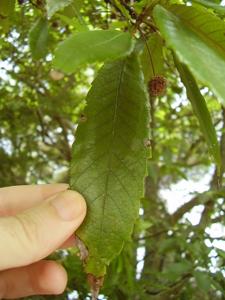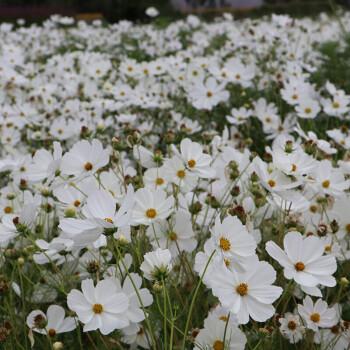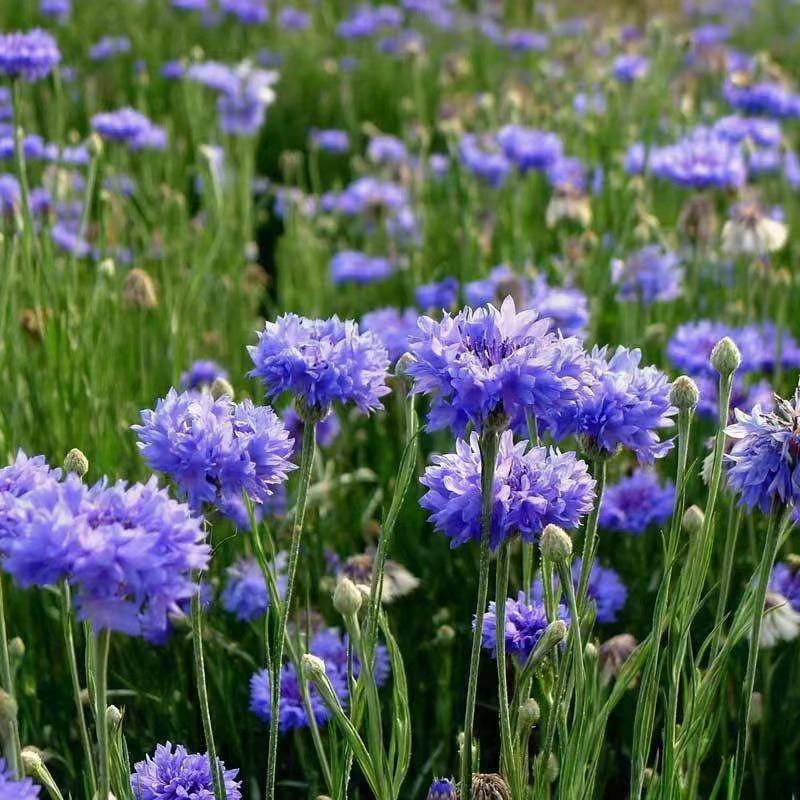Callicoma, known as the coachwood tree, has an intriguing story. Legend has it that long ago, these trees possessed magical powers. Locals believed that if you touched a coachwood tree while whispering a wish, it would come true. One day, a young girl named Lily stumbled upon a magnificent Callicoma in the forest. With great hope, she made her wish for happiness. To her astonishment, the tree gently rustled its leaves and granted her wish. From that day forward, the coachwood trees were revered as enchanting guardians. They continue to hold a special place in the hearts of those who believe in the power of dreams.
Picture

Plant some seeds now!
Short Description
Callicoma is a plant genus that contains just one species, Callicoma serratifolia, a tall shrub or small tree which is native to Australia. Callicoma serratifolia is commonly known as black wattle. One explanation for the name is the similarity of the flowers to those of Australian Acacia, which are commonly known as wattles. Another is its use in wattle and daub huts of the early settlers. The species has a number of other common names include callicoma, butterwood, silver leaf, silver-leaf butterwood and wild quince.
Description
Black wattle can grow up to 20 metres in height, though in cultivation it is more likely to reach a height of between 6 and 10 metres with a 3-metre spread. It has lanceolate or elliptic leaves that grow up to 12 cm long and 5 cm wide with coarsely serrate margins. The upper side of the leaves are dark green, while the lower sides are white due to the presence of fine, white hairs. The pale-yellow globular flower heads appear in late spring and early summer (November to December in Australia). These average 1.5 cm in diameter and have 1 to 2 cm long stalks.



